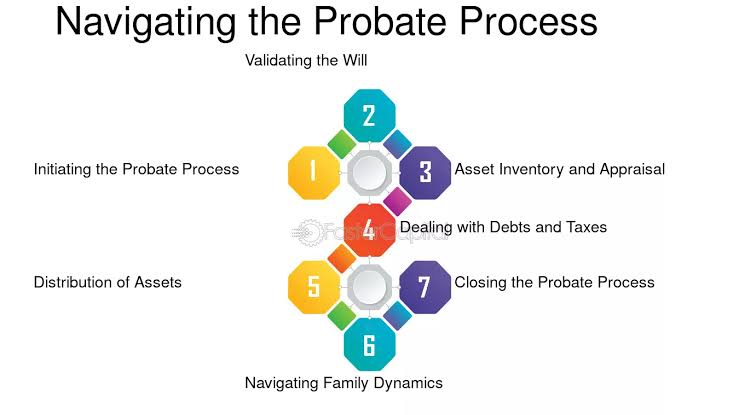What Are the Most Common Injuries in Pedestrian Accidents?
Pedestrian accidents are a growing concern in San Francisco, with alarming statistics highlighting the dangers faced by those on foot. In 2024, the city recorded 41 traffic fatalities, surpassing the number of homicides for the first time in recent history. Over 50% of these fatalities involved pedestrians, underscoring the severity of the issue and the need for enhanced safety measures.
Certain intersections have become hotspots for pedestrian crashes. From 2016 to 2020, the crossing at 5th Street and Market Street saw 20 pedestrian accidents, while Hyde Street and Turk Street recorded 19. These areas, among others, pose significant risks despite ongoing efforts to improve road safety.
California has implemented legislative measures to protect pedestrians, including the “Daylighting to Save Lives Bill” (Assembly Bill 413), which took effect on January 1, 2025. This law requires a 20-foot no-parking zone near crosswalks to enhance visibility.
However, accidents still occur, often leading to severe injuries. A San Francisco pedestrian accident attorney can help victims understand their rights and pursue compensation for their losses.
So, what are the most common injuries in pedestrian accidents? Let’s take a look at some of the frequently reported ones.
Common Injuries in Pedestrian Accidents
Pedestrian accidents can lead to a wide range of injuries, from minor bruises to life-threatening conditions. The severity of injuries often depends on factors such as vehicle speed, point of impact, and the pedestrian’s age or health condition. Below are some of the most common injuries seen in these accidents.
1. Head and Brain Injuries (TBI)
Head trauma is one of the most serious consequences of pedestrian accidents. A high-impact collision can lead to concussions, skull fractures, or traumatic brain injuries (TBI). According to the Centers for Disease Control and Prevention (CDC), TBIs contribute to about 30% of all injury-related deaths in the U.S. Survivors may experience long-term cognitive impairments, memory loss, or difficulty concentrating, significantly affecting their daily lives.
2. Spinal Cord Injuries and Paralysis
The force of a collision can cause severe damage to the spinal cord, leading to partial or complete paralysis. In serious cases, victims may suffer from permanent loss of mobility, requiring extensive medical care and rehabilitation.
3. Bone Fractures and Orthopedic Injuries
Pedestrians often sustain broken bones due to the sheer force of an accident. Some of the most common fractures include:
- Leg and Hip Fractures: These are common when a pedestrian is struck on the lower body.
- Arm and Wrist Fractures: Many victims instinctively try to break their fall with their hands, leading to fractures in the arms and wrists.
- Rib and Chest Fractures: These can be particularly dangerous, as they may puncture internal organs, leading to life-threatening complications.
4. Internal Injuries and Organ Damage
Blunt force trauma from a vehicle impact can cause internal bleeding and damage to vital organs such as the liver, lungs, or spleen. These injuries are often difficult to detect immediately, making prompt medical attention crucial.
5. Soft Tissue Injuries and Lacerations
Soft tissue injuries, including deep cuts, bruises, and ligament tears, are common in pedestrian accidents. While these injuries may seem less severe than fractures or TBIs, they can still lead to significant pain, scarring, and long-term mobility issues.
Legal Protections for Pedestrians in California
California law provides several protections for pedestrians to reduce accidents and ensure accountability when incidents occur. Some key regulations include:
- California Vehicle Code 21950: This law requires drivers to yield the right-of-way to pedestrians crossing in marked or unmarked crosswalks. However, pedestrians also have a duty to exercise caution and avoid stepping suddenly into traffic.
- California’s Comparative Negligence Rule: Even if a pedestrian shares some fault in an accident, they may still recover damages. The compensation is reduced based on their percentage of fault, making it possible for injured individuals to seek justice even in complex cases.
Final Thoughts
Pedestrian accidents can result in devastating injuries that require extensive medical treatment and legal action. Understanding the most common injuries and the laws that protect pedestrians is essential for victims seeking justice. While safety measures continue to improve, the risk of serious injury remains high, making it crucial for pedestrians to stay vigilant and aware of their rights in the event of an accident.







